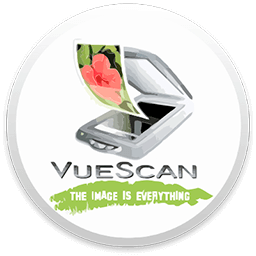

One feature entirely absent from Epson's software is support for multiple-exposure scanning, something both of its rivals offer. Epson lacks multi-exposure / multi-sampling, but they're for edge cases

In terms of blending, SilverFast trailed its rivals a little overall, but the corrections from all three are only really noticeable when viewed 1:1 against a fairly smooth background such as sky or clouds. Clockwise from top, uncorrected, high, medium and low hardware anti-dust.Įpson Scan had a slight edge over VueScan in terms of how well it blended its corrections into the surrounding image, although it was close. hardware anti-dust (right).ġ00% crops from VueScan.

hardware anti-dust (right).ġ00% crops from SilverFast. All three programs did a pretty good job here, and were able to get rid of almost all but the very finest horizontal scratches at their highest settings, although Epson and VueScan both left a touch more than did SilverFast.ġ00% crops from Epson Scan. Hardware dust reduction was another story. With that said, I found that neither software implementation did a good job, tending to remove more of the actual image than the dust and scratches no matter how they were configured.ġ00% crops from SilverFast. Clockwise from top, uncorrected, high, medium and low software anti-dust.īoth Epson Scan and SilverFast offer a choice of hardware or software dust correction, and the latter also allows both to be combined at once. Here, there's significant potential for retouching time to be slashed if your application does a good job out of the gate.ġ00% crops from Epson Scan. Dust reduction is another matter, at least if your scanner supports infrared dust reduction. This is possibly due to SilverFast's higher default sharpening, and is shown here at 200% scale for emphasis.Įpson and SilverFast do the best job of dust reductionĬolor correction and grain reduction are both relatively easy to fix in Photoshop after scanning, though. SilverFast seemed more prone to scanning artifacts than its rivals, although I did notice them to some extent in the other apps too. SilverFast, meanwhile, was prone to introducing unsightly banding artifacts that its rivals avoided. While Epson Scan's grain reduction is stronger at its maximum, it visibly softened fine detail more than did VueScan. Of the three, I have to give this one to VueScan. Clockwise from top left: uncorrected, high, medium and low grain correction. Clockwise from top left: uncorrected, high, medium and low grain correction.ġ00% crops from VueScan. Clockwise from top left: uncorrected, high, medium and low grain correction.ġ00% crops from SilverFast. Each program was operating at its defaults other than the grain correction.ġ00% crops from Epson Scan. The 100% crops below come from this overall scene. All three programs allow a three-step control over grain reduction strength.
#Vuescan price iso
This was in part because each app's varying tone curves and sharpening tended to emphasize grain differently in the first place, and also because I mostly tended to shoot only film at ISO 800 or below.


 0 kommentar(er)
0 kommentar(er)
